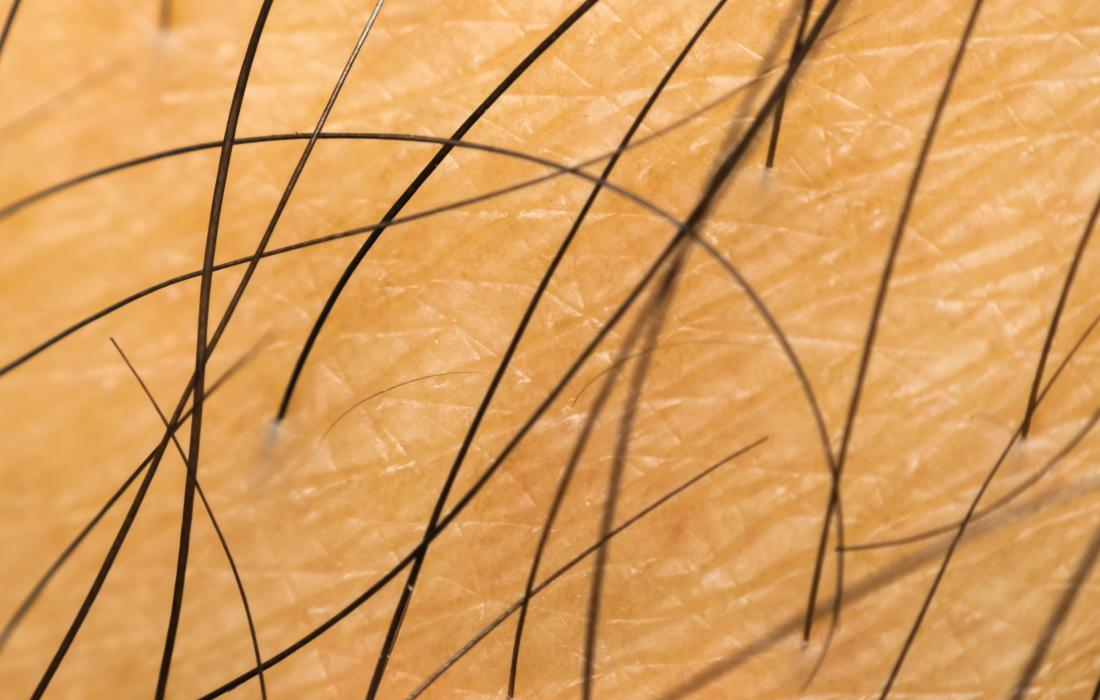Anti-Aging
Hair Follicle Transplants Can Promote Scar Rejuvenation
Tissue remodeling is the reorganization of tissue architecture, which can be either physiological, responsible for directing the development and maintenance of tissues, or pathological, occurring after tissue injury. During wound repair initiated by an injury to the skin, cells migrating into the wound bed deposit a mass of granulation tissue to re-establish the barrier integrity and prevent infection. The newly deposited tissue is then remodeled to restore the architecture and function of the skin.
Scar tissue in the skin lacks hair, sweat glands, blood vessels and nerves, which are vital for regulating body temperature and detecting pain and other sensations. Scarring can also impair movement as well as potentially causing discomfort and emotional distress.
Compared to scar tissue, healthy skin undergoes constant remodeling by the hair follicle. Hairy skin heals faster and scars less than non-hairy skin- and hair transplants had previously been shown to aid wound healing.
Researchers have found that hair follicle transplants can promote scar rejuvenation
Imperial researchers worked with Dr Francisco Jiménez, lead hair transplant surgeon at the Mediteknia Clinic and Associate Research Professor at University Fernando Pessoa Canarias, in Gran Canaria, Spain. They transplanted hair follicles into the mature scars on the scalp of three participants in 2017. The researchers selected the most common type of scar, called normotrophic scars, which usually form after surgery.
They took a microscope and imaged 3mm-thick biopsies of the scars just before transplantation, and then again at two, four, and six months afterwards.
The researchers found that the follicles inspired profound architectural and genetic shifts in the scars towards a profile of healthy, uninjured skin.
Scarring causes the outermost layer of skin – the epidermis – to thin out, leaving it vulnerable to tears. At six months post-transplant, the epidermis had doubled in thickness alongside increased cell growth, bringing it to around the same thickness as uninjured skin.
The next skin layer down, the dermis, is populated with connective tissue, blood vessels, sweat glands, nerves, and hair follicles. Scar maturation leaves the dermis with fewer cells and blood vessels, but after transplantation the number of cells had doubled at six months, and the number of vessels had reached nearly healthy-skin levels by four months. This demonstrated that the follicles inspired the growth of new cells and blood vessels in the scars, which are unable to do this unaided.
Scarring also increases the density of collagen fibers, a major structural protein in skin, which causes them to align such that scar tissue is stiffer than healthy tissue. The hair transplants reduced the density of the fibers, which allowed them to form a healthier, ‘basket weave’ pattern, which reduced stiffness, a key factor in tears and discomfort.
The researchers are unsure precisely how the transplants facilitated such a change. In their study, the presence of a hair follicle in the scar was cosmetically acceptable as the scars were on the scalp.
They are now working to uncover the underlying mechanisms so they can develop therapies that remodel scar tissue towards healthy skin, without requiring transplantation of a hair follicle and growth of a hair fiber. They can then test their findings on non-hairy skin, or on organs like the heart, which can suffer scarring after heart attacks, and the liver, which can suffer scarring through fatty liver disease and cirrhosis.
SOURCE:
Magdalena Plotczyk, Francisco Jiménez, Summik Limbu, Colin J. Boyle, Jesse Ovia, Benjamin D. Almquist, Claire A. Higgins. Anagen hair follicles transplanted into mature human scars remodel fibrotic tissue. npj Regenerative Medicine, 2023; 8 (1) DOI: 10.1038/s41536-022-00270-3
IMAGE:

